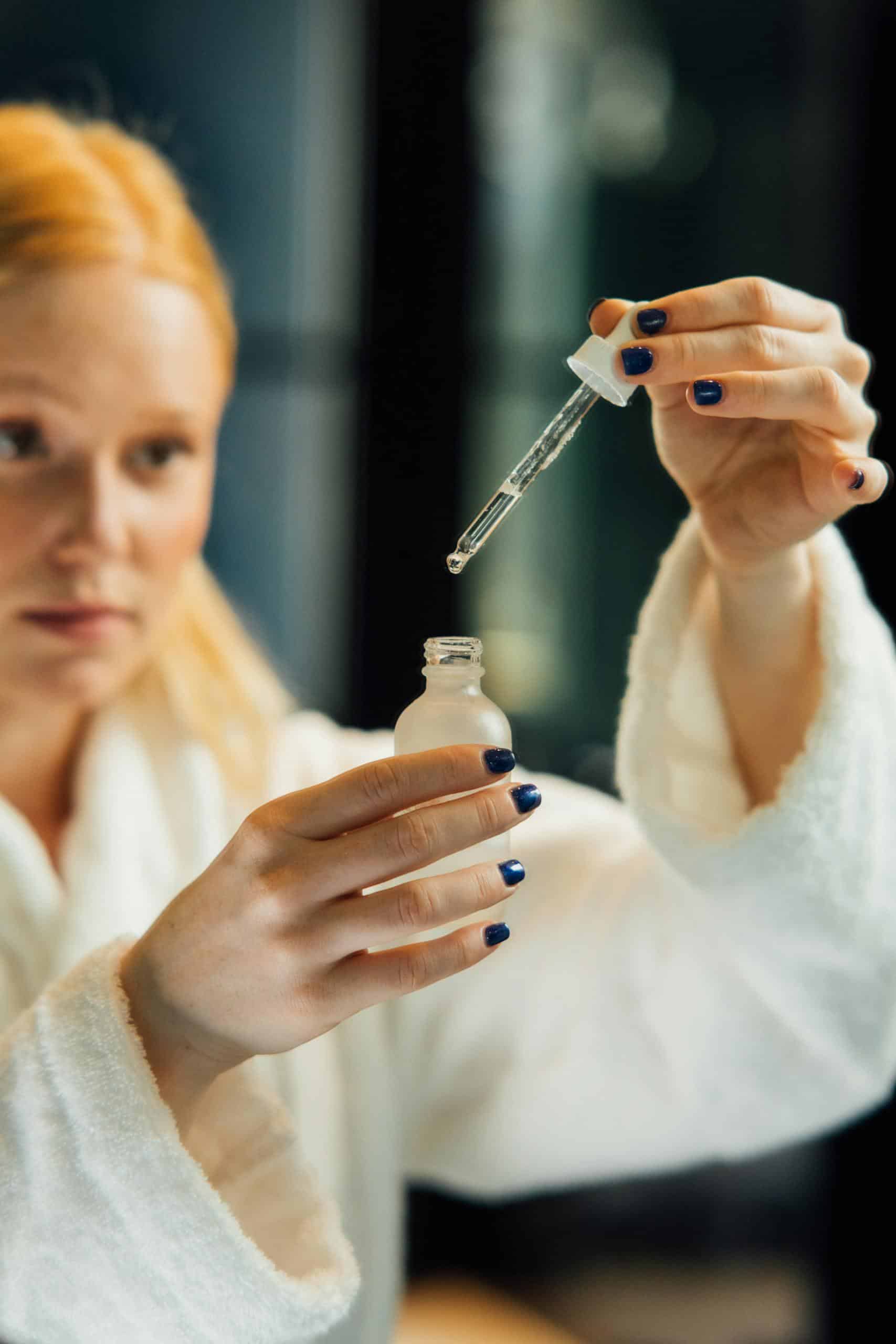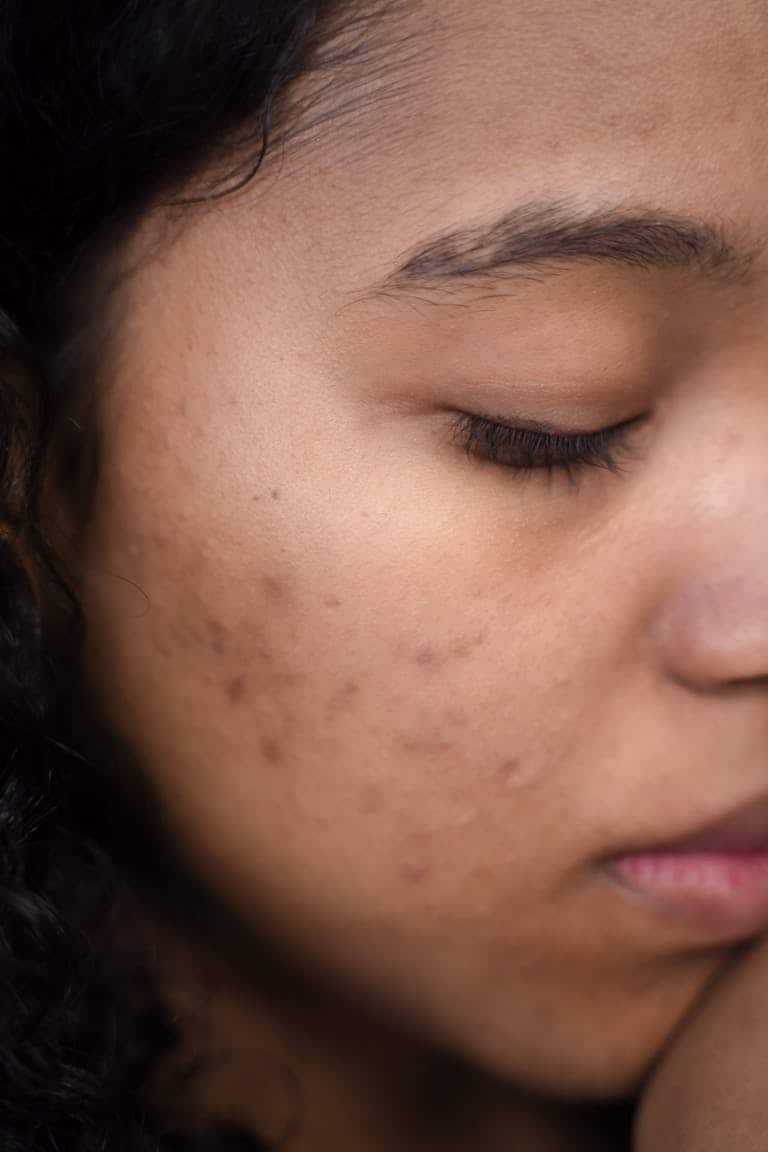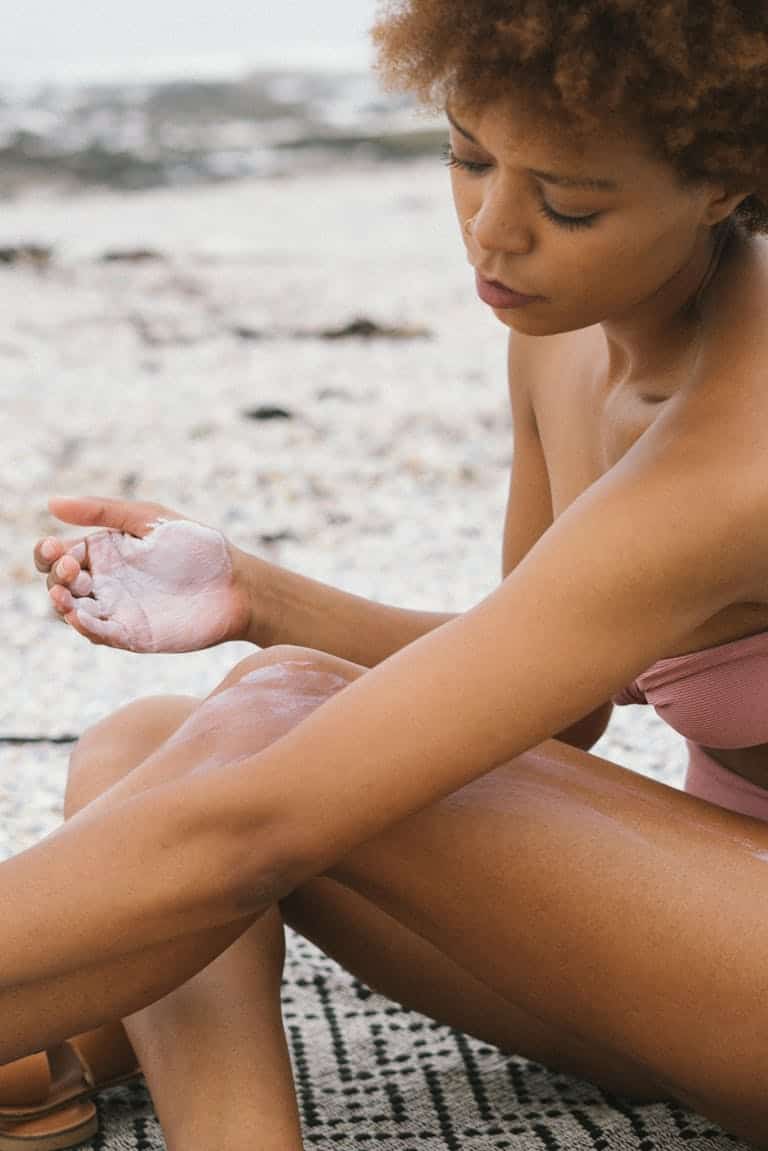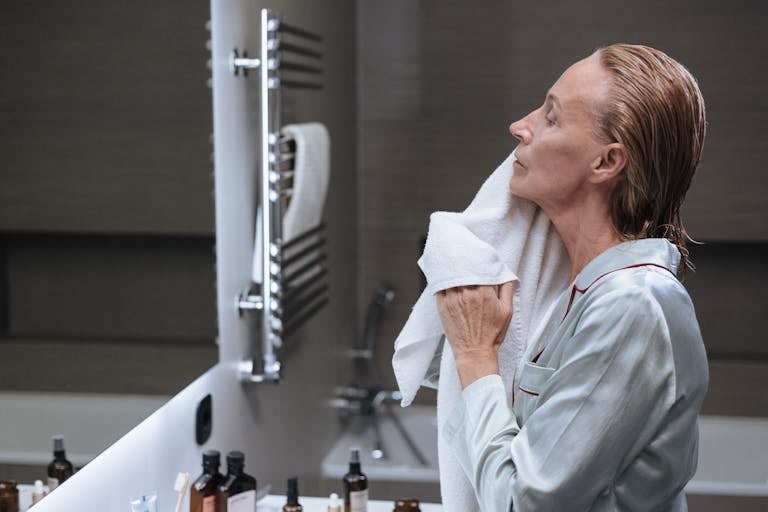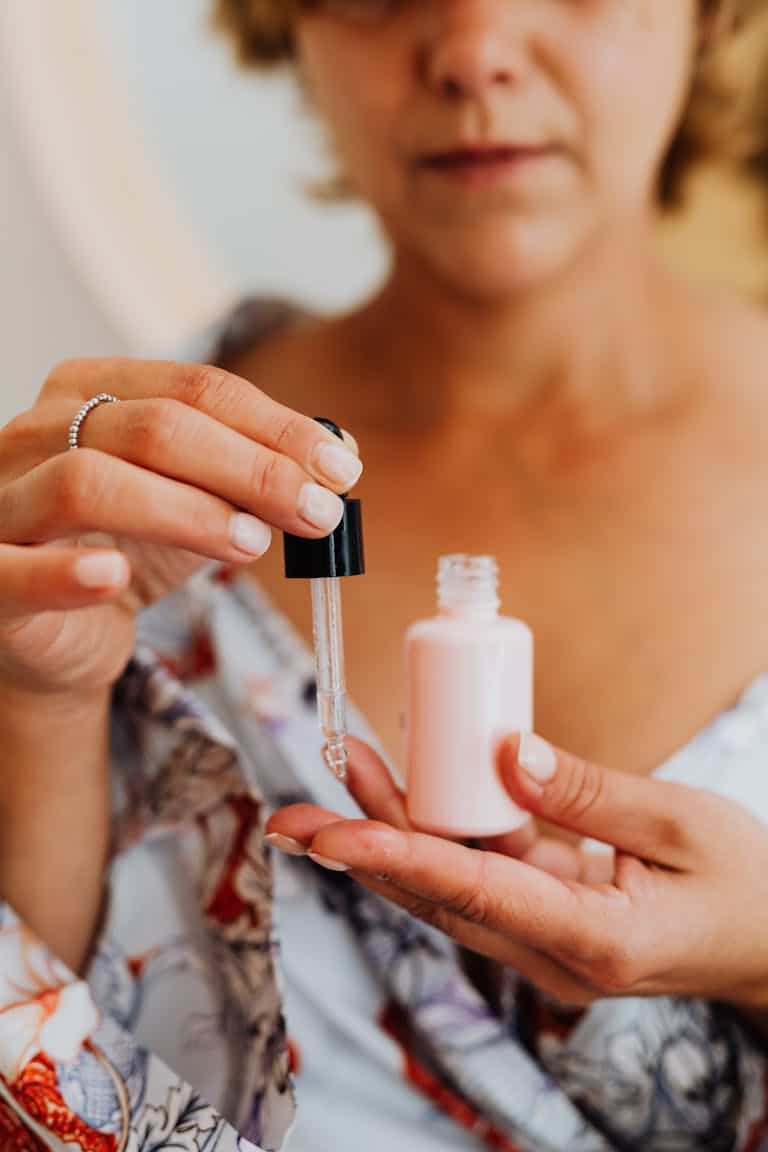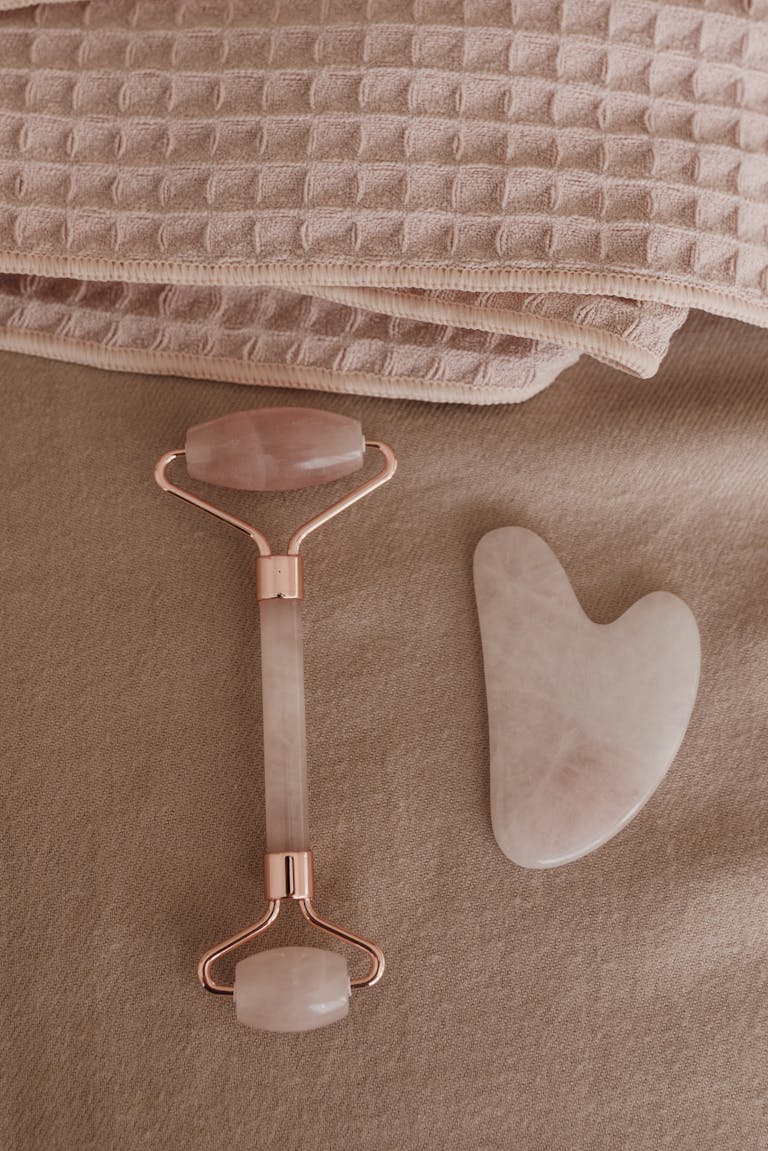Hormonal Flare-Ups: Calming Redness and Sensitive Skin in Perimenopause
Perimenopause brings a variety of skin changes, including dryness, thinning, increased sensitivity, and heightened reactivity. Many women also struggle with redness, flushing, and inflammation. These hormonal flare-ups can leave skin looking irritated, blotchy, and uncomfortable. Understanding why these changes happen, along with practical strategies for calming the skin, can help you maintain a smooth, radiant complexion. For guidance on addressing uneven pigmentation alongside redness, see hyperpigmentation in perimenopause.
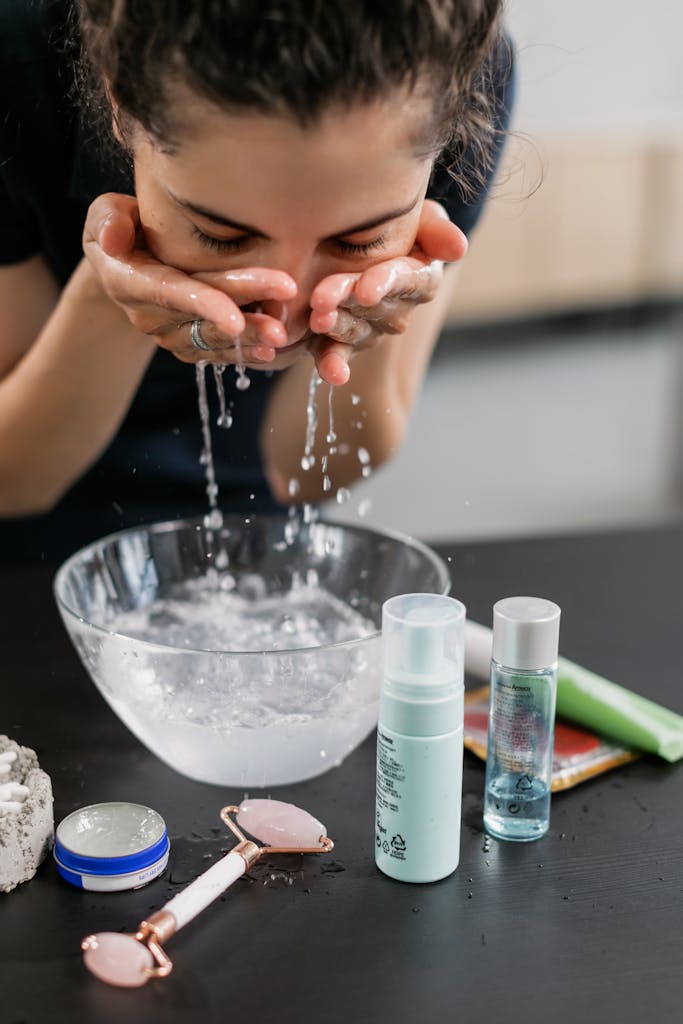
Why Perimenopausal Skin Becomes Red and Sensitive
Hormonal fluctuations, particularly declining estrogen levels, profoundly affect the skin’s barrier, circulation, and immune response:
- Thinning of the epidermis occurs because lower estrogen reduces collagen and lipids, making skin more fragile and reactive. The result is greater susceptibility to irritation and fine-line formation.
- Estrogen influences blood vessel tone, so fluctuations can trigger redness or flushing, similar to rosacea. Some women notice a sudden sensitivity to temperature changes or topical products.
- Reduced natural oils and ceramides weaken the skin barrier, allowing irritants to penetrate more easily and provoke inflammation.
- Hormonal changes can make the skin overreact to environmental stimuli, causing persistent redness and sensitivity.
Other contributing factors include sun exposure, stress, alcohol, spicy foods, and harsh skincare ingredients. Managing these flare-ups requires gentle care, targeted actives, and lifestyle adjustments. For barrier-supporting strategies, see best natural moisturizers for dry, hormonal skin.
Key Ingredients for Calming Redness and Inflammation
Centella Asiatica
Centella Asiatica, also called cica, is a traditional herbal remedy known for its anti-inflammatory and wound-healing properties. It promotes collagen synthesis, strengthens the skin barrier, and reduces redness and irritation. Studies suggest centella can help reduce visible capillaries and support overall skin resilience.
Product example: Purito Centella Green Level Buffet Serum uses centella alongside peptides to calm redness and support barrier repair.
Licorice Root Extract
Licorice root contains glabridin, an active compound that inhibits melanin production while soothing inflammation. It is particularly effective for hormonal flare-ups, redness, and post-inflammatory hyperpigmentation. Regular use helps even out skin tone and reduce blotchiness.
Product example: Paula’s Choice CALM Repairing Serum features licorice root extract alongside antioxidants for sensitive skin.
Azelaic Acid
Azelaic acid is both anti-inflammatory and antibacterial. It helps reduce redness, rosacea-like flare-ups, clogged pores, and hyperpigmentation, making it ideal for perimenopausal skin. It is gentle enough for long-term use and works gradually to improve overall skin texture.
Product example: The Ordinary Azelaic Acid Suspension 10% calms inflammation while brightening tone.
Niacinamide (Vitamin B3)
Niacinamide strengthens the skin barrier, regulates sebum production, and reduces vascular redness. It also enhances elasticity and improves the appearance of fine lines. This multi-tasking ingredient can be layered with other actives for a calming, anti-aging effect.
Product example: Paula’s Choice BOOST 10% Niacinamide Booster helps reduce redness while supporting hydration and barrier repair.
Hyaluronic Acid and Squalane
Hydration is critical for perimenopausal skin. Hyaluronic acid attracts water, while squalane locks it in, soothing dryness and irritation. Together, they help strengthen the skin barrier, preventing flare-ups caused by environmental triggers.
Product example: Beekman 1802 Milk Shake Hydrating Face Mist – combines squalane and hyaluronic acid for deep hydration and barrier support.
Green Tea and Polyphenols
Green tea is rich in polyphenols, which provide antioxidant and anti-inflammatory benefits. They protect against free radical damage and help calm reactive skin. Regular use can reduce flare-ups caused by environmental stressors and aging-related inflammation.
Product example: Innisfree Green Tea Seed Serum delivers antioxidants and hydration, ideal for redness-prone skin.
Step-by-Step Skincare Routine for Flare-Ups
Morning
- Use a gentle, cream-based cleanser to avoid stripping natural oils.
- Apply a soothing serum containing centella, licorice root, or niacinamide to calm inflammation.
- Apply a hydrating moisturizer to strengthen the barrier and lock in moisture.
- Finish with a broad-spectrum sunscreen for UVA and UVB protection. Mineral sunscreens with zinc oxide are often less irritating than chemical sunscreens. For more barrier repair tips, see best natural moisturizers for dry, hormonal skin.
Evening
- Cleanse gently to remove impurities without disrupting the skin barrier.
- Apply an active serum. Rotate azelaic acid or tranexamic acid if pigmentation is also a concern. For pigmentation guidance, see hyperpigmentation in perimenopause.
- Follow with a squalane-rich moisturizer for hydration and barrier repair.
- For extra hydration or calming benefits, consider adding a lightweight facial oil such as rosehip or jojoba oil.
Layering Tips
- Apply water-based serums first, followed by oils or creams.
- Avoid layering multiple strong actives at once; instead, alternate evenings between azelaic acid, niacinamide, or tranexamic acid.
- Always apply sunscreen in the morning after any actives to prevent irritation and pigmentation.
Lifestyle Tips to Reduce Redness
- Manage triggers such as alcohol, spicy foods, and extreme temperatures.
- Practice stress management through yoga, meditation, or facial massage. Cortisol spikes can aggravate sensitive skin.
- Avoid harsh exfoliants like strong AHAs, scrubs, or physical exfoliation.
- Use cool compresses to reduce inflammation and soothe flare-ups quickly.
- Maintain hydration by drinking water and incorporating hydrating foods like cucumber, melon, and leafy greens.
- Avoid smoking and minimize exposure to environmental pollutants, which can worsen inflammation.
Highly Rated Product Recommendations
- Purito Centella Green Level Buffet Serum: helps reduce redness with centella and supports the barrier with peptides.
- The Ordinary Azelaic Acid Suspension 10%: calms inflammation and reduces both redness and pigmentation.
- Sunday Riley C.E.O. Glow Vitamin C + Turmeric Face Oil: brightens and soothes while providing antioxidant protection.
- La Roche-Posay Anthelios Mineral SPF 50: broad-spectrum sun protection in a mineral formula that reduces irritation.
- OSEA Atmosphere Protection Cream: locks in moisture and strengthens the barrier, ideal for nightly routine.
When to See a Dermatologist
Persistent or worsening symptoms may indicate rosacea, eczema, or other conditions. Seek professional advice if:
- Redness is painful or persistent.
- Flare-ups are accompanied by bumps, pus, or scaling.
- Over-the-counter skincare is not improving symptoms after several weeks.
